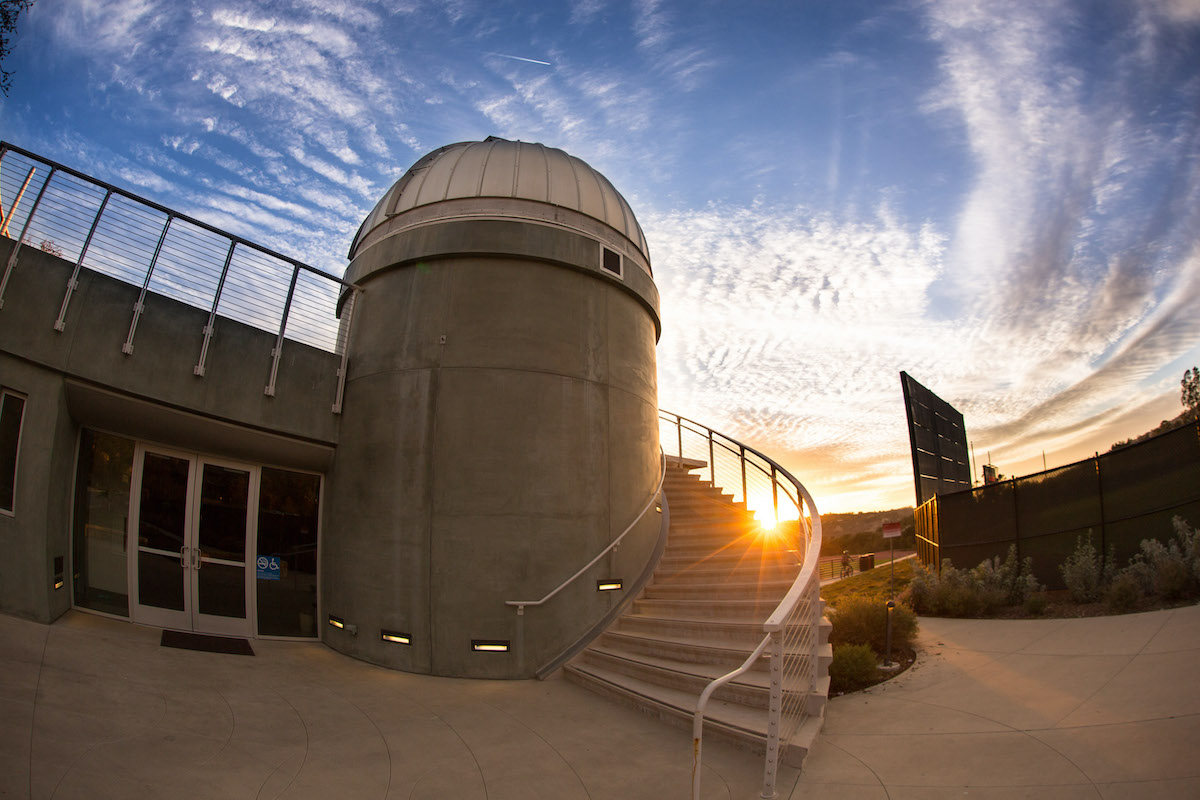Stargazers Welcome

If the weather cooperates, and that has been a big if this winter, the Milky Way’s open clusters will be the focus of the monthly stargazing event on Friday, Feb. 16, beginning after 6 pm and lasting for several hours. The observatory, home of the powerful Keck Telescope, is open to the public every third Friday of the month and held in conjunction with the Santa Barbara Astronomical Unit (SBAU) whose members bring their own telescopes to share with the public.
Free parking is available near the Westmont Observatory, which is between the baseball field and the track and field/soccer complex. To enter Westmont’s campus, please use the Main Entrance off La Paz Road after 7 pm. The lower entrance off Cold Spring Road closes to visitors after 7 pm. A map is available online at westmont.edu/observatory. In case of inclement weather, please call the Telescope Viewing Hotline at (805) 565-6272 to hear if the viewing has been canceled.
The moon, rising near the Pleiades to the west of Orion, will be just beyond first-quarter phase and will offer spectacular views of a host of large craters on its terminator.
Hyades, at the front of Taurus the bull, is a beautiful grouping of bright stars that’s traveling through space but managing to stay together. “At 153 light-years distant, Hyades is the closest and most-studied open cluster to our solar system,” says Thomas Whittemore, emeritus instructor of physics and SBAU member.
He hopes to focus in on several open clusters, including a threesome (M36, M37 and M38) in Auriga, the charioteer. “Of these, my favorite is M38 with a smiley face asterism,” he says. “When viewed with some imagination, the smile appears to have a Shirley Temple dimple. These are easy to view in binoculars, but at low power in Westmont’s 8-inch refractor, the grouping should be spectacular. “
Stargazers will also zoom in on another open cluster, M35, near the ankle of one of the Gemini twins. “This is always a bright, starry treat,” Whittemore says. “And, if the seeing is steady this evening, the public may be able to see a more-distant open cluster, NGC2158, which lies some 11,000 light-years away – light that has been traveling to our eyes since the ice ages.”






